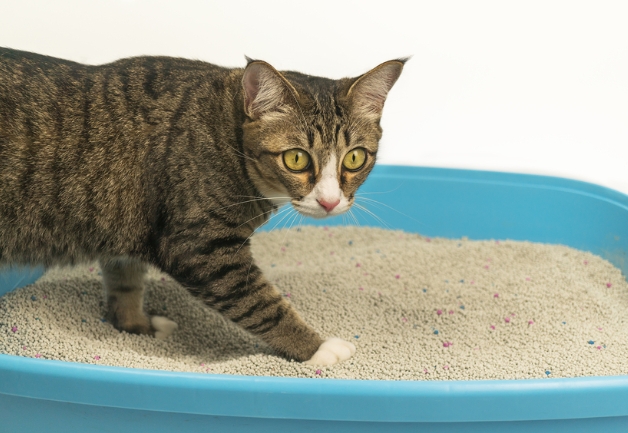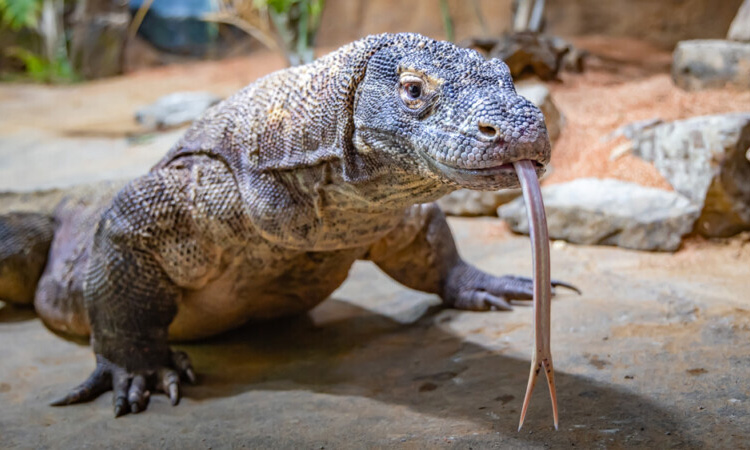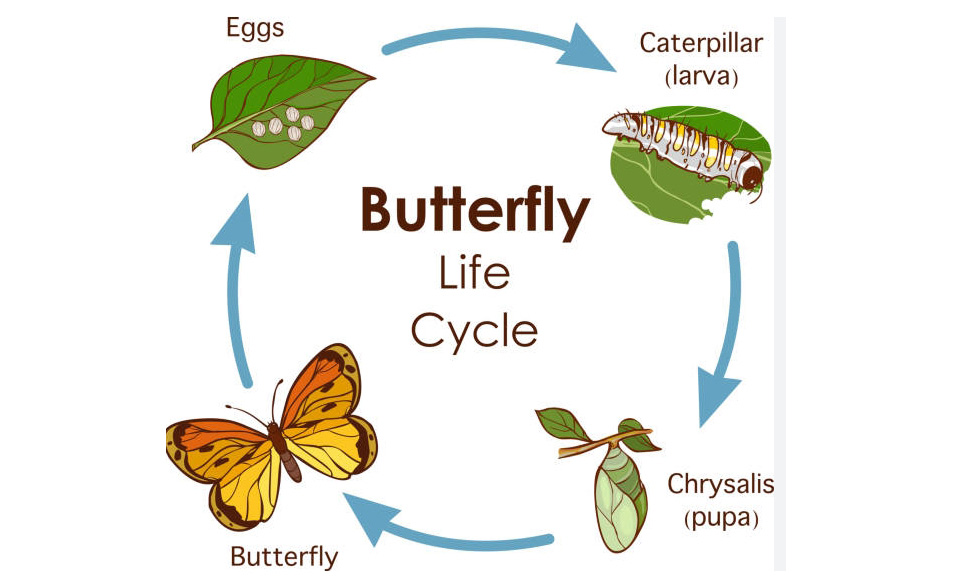Cat Litter Boxes: A Guide to Keeping Your Feline Friend Happy and Healthy
When it comes to caring for your cat, few things are as important as the litter box. This essential item not only helps maintain cleanliness in your home but also plays a crucial role in your cat’s health and well-being. In this post, we’ll explore the different types of litter boxes, their maintenance, and how to choose the best option for your furry companion.
Choosing the Right Type of Litter Box
Selecting the right litter box is vital for both you and your cat. There are several options available, including traditional open boxes, covered boxes, and self-cleaning models. An open box allows for better air circulation, which can help control odors, while a covered box provides privacy for your cat and limits the mess. Self-cleaning boxes are a more modern option that reduces the frequency of cleaning but requires a power source. Consider your cat’s preferences and habits when choosing, as some felines may be more particular about the type of box they use.
Maintaining a Clean Litter Box
Keeping the litter box clean is essential to prevent odors and ensure your cat’s happiness. It’s recommended to scoop the box daily, removing waste and clumps of litter to maintain cleanliness. Regularly changing the litter—every one to two weeks, depending on usage—is also crucial. Be sure to wash the litter box itself with mild soap and water during these changes to eliminate any lingering smells. A clean litter box not only shows your cat that you care but also encourages them to use it consistently, reducing the chance of accidents elsewhere in your home.
Choosing the Right Litter
The type of litter you use can make a significant difference in your cat’s litter box experience. There are various types available, including clumping clay, crystal, and biodegradable litters. Clumping clay litter is popular for its ability to form solid lumps, making cleanup easy. Crystal litter, on the other hand, absorbs moisture and minimizes odors but may not clump as easily. Biodegradable options made from materials like corn or recycled paper are eco-friendly alternatives that can also be gentle on your cat’s paws. Test a few types to find the one your cat prefers, as their comfort can play a role in box usage.
In conclusion, a well-maintained litter box is an essential part of cat ownership that contributes to both health and happiness. Understanding the different types of litter boxes, maintaining their cleanliness, and selecting the right litter can create a positive experience for your feline friend. If you’re looking to enhance your cat’s environment, take the time to research and experiment with different options—both you and your pet will appreciate the difference!




